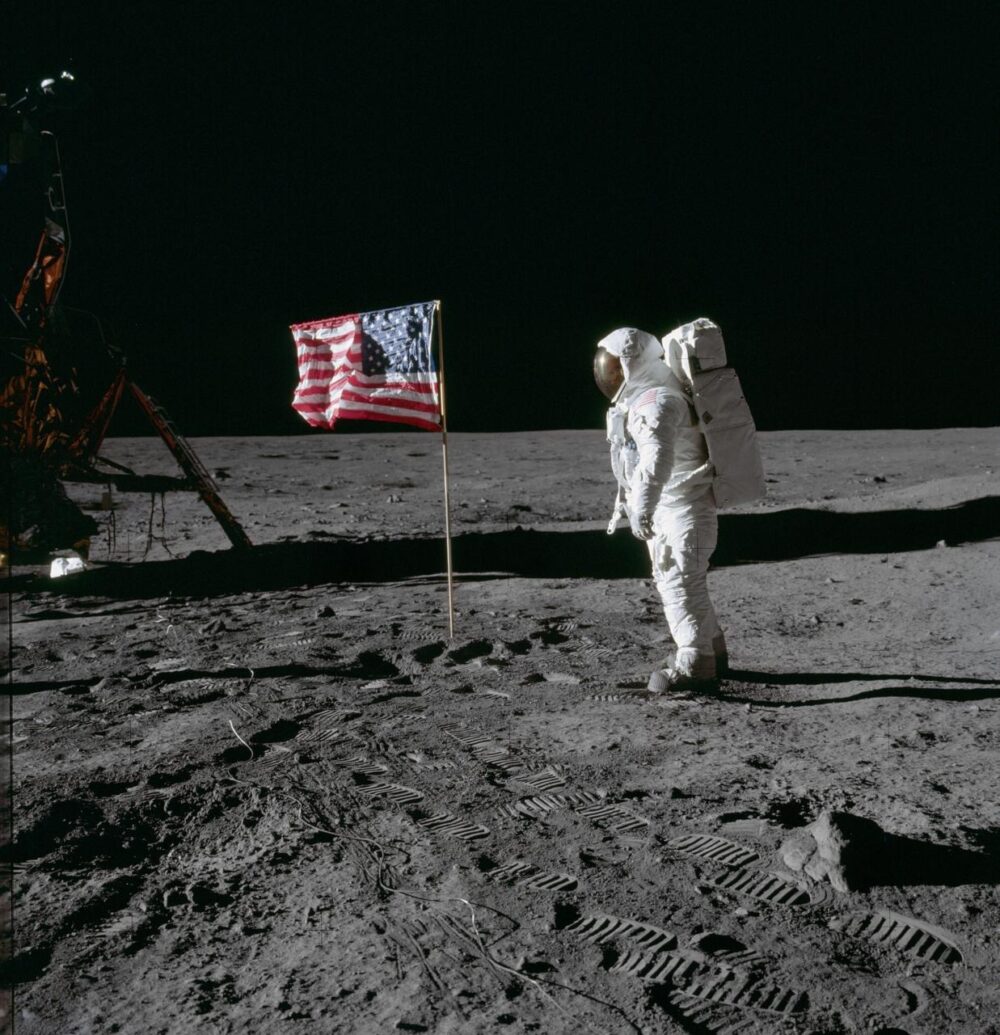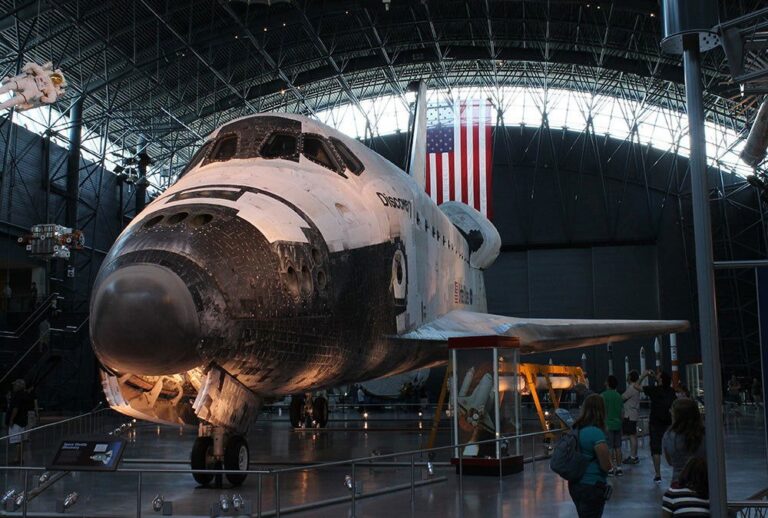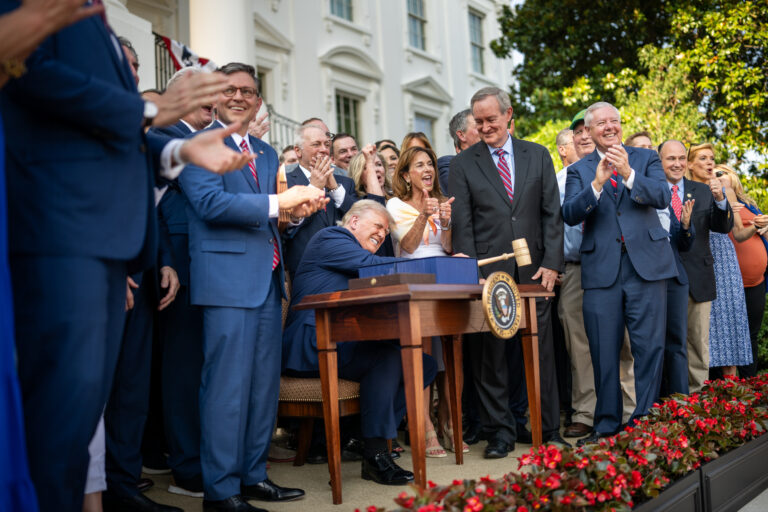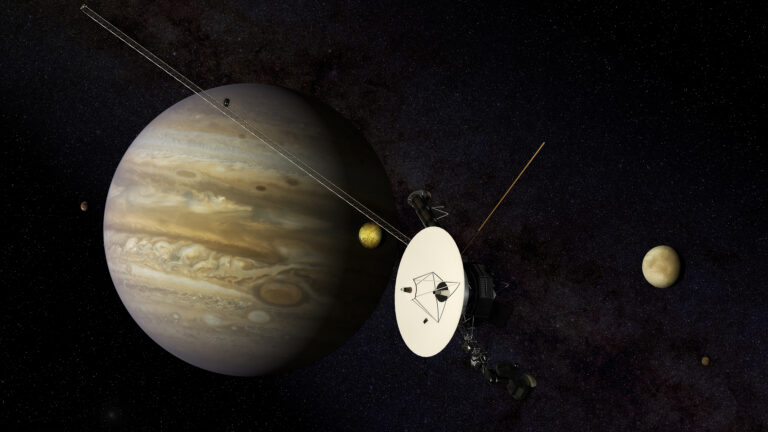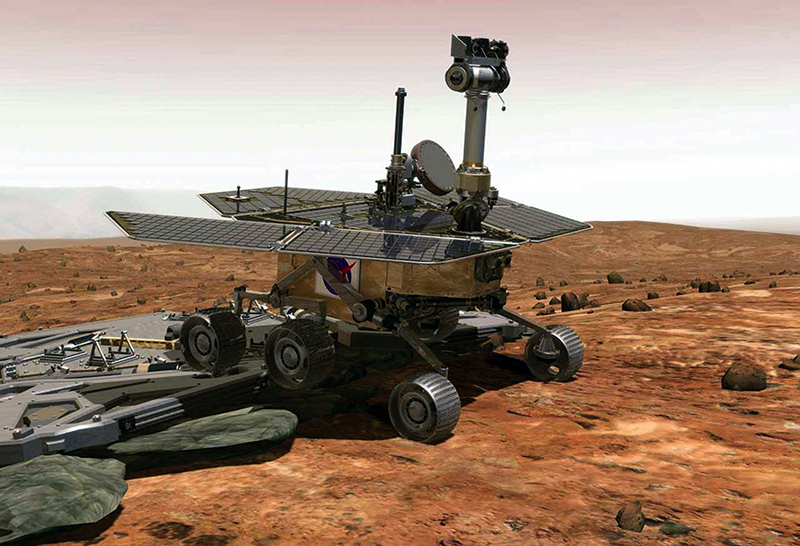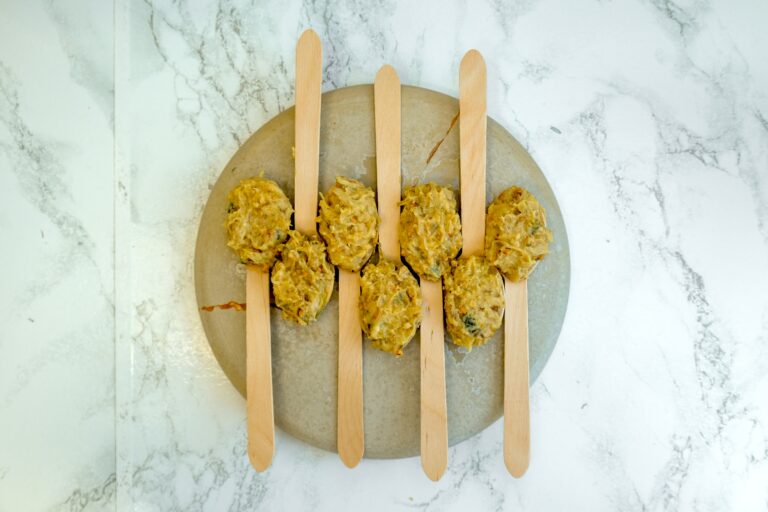
Key Takeaways:
Growing food effectively is vital for astronauts on long-term space missions. Now, a team of researchers has developed a stretchy sensor that measures a plant’s growth while growing along with it. The sensors wirelessly transmit data without interrupting plant development and could make fresh food more accessible to astronauts in space by allowing remote monitoring of crop health.
“We need to know how well these plants are growing, but current methods use a ruler to measure the height of the plant, or you weigh the plant to see how fast they’re growing,” says Siqing Wang, study first author and bioengineer at the University of Illinois Urbana-Champaign. “But it requires a lot of human intervention, and we do not want the astronauts to be busy in the space station monitoring plant growth daily.”
The sensor, whose details were published March 13 in Device, attaches to plants with medical-grade glue and can detect the height and thickness of a plant and its fruit.
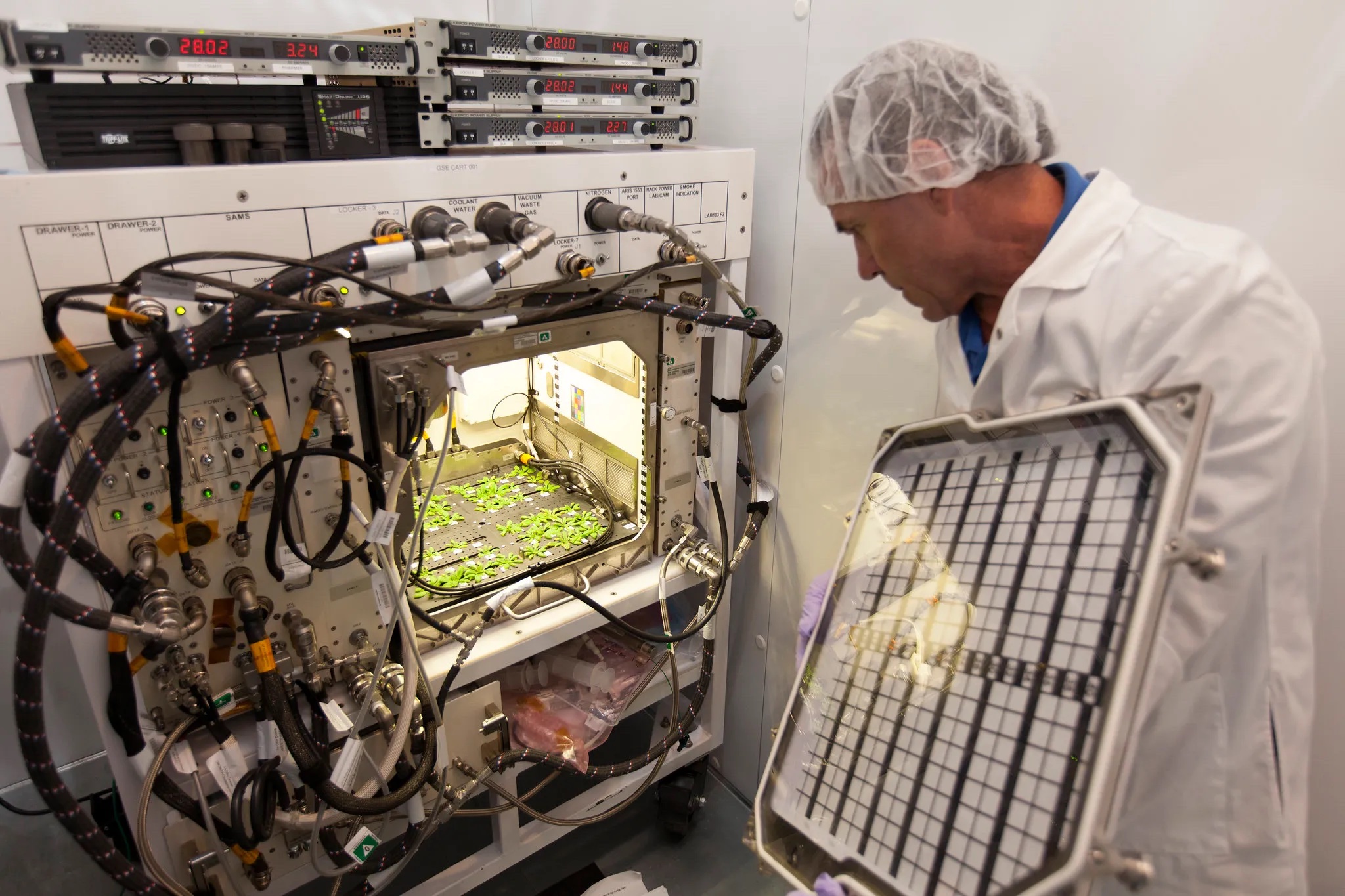
Fresh food in space
Aside from providing fresh food, plants can benefit astronauts by addressing aesthetic and mental health reasons, given the time crews will be away from Earth on long-term missions. But growing food in space is challenging. Currently, the International Space Station (ISS) receives food as freeze-dried packets resupplied frequently from Earth. However, sending supplies becomes difficult on more extended missions, such as to the Moon or even Mars, and food packed for the journey may begin to break down after months or years.
The ISS has plant growth chambers called the Vegetable Production System (Veggie) and the Advanced Plant Habitat (APH), which use cameras and hundreds of sensors to monitor plants. However, Wang says that these devices are bulky and if a plant is covering one of the cameras, it can affect how well they are monitored by limiting its ability to take 2D images. A sensor attached to the plant that grows with it is less bulky and captures crucial information about its growth in more than just photos.
“There are other sensors that record the environmental signals or nutrients. But we are aiming at just detecting how fast the plant is growing, and we can use this information to help us adjust the conditions to achieve optimized plant growth on the space station,” says Wang.
How tall?
The sensors took three years to develop and were engineered in collaboration with NASA and other researchers. The team attached special soft sensors to Avena sativa, or oat plants, and monitored them as they grew. The stretchy polymer detects the plant’s growth as it moves with the plant by measuring the electrical signal change as the conductive sensor stretches. The team found that the sensor was resistant to humidity and temperatures and could stretch to more than 400 percent of its original size, all while staying attached to the oat plants. No adverse changes to the plant’s growth were detected when the team compared the growth between plants with and without the electronic device.
While the experiment focused on oats and grasses, Wang says they are planning on testing leafy greens and tomato plants next, with a particular focus on outward growth and using the sensors to track the width of fruit.
The current sensors do have some limitations, particularly that they can only grow with the plant once and are not reusable. Wang says this is because the team was largely focused on finding a stretchy polymer that could detect the plant’s growth while changing alongside it.
“We know that [plants] are experiencing a lot of stress during climate adaptation, and I think soft electronics can play a bigger role in advancing our understanding so we can ensure that plants are healthy, happy, and sustainable in the future — whether that is in space, on other planets or right here on Earth,” said Ying Diao, study senior author, and professor of biomolecular engineering at the University of Illinois, in a press release.
Correction: Siqing Wang’s first named was spelled incorrectly in an earlier version of this article. It has been corrected.

